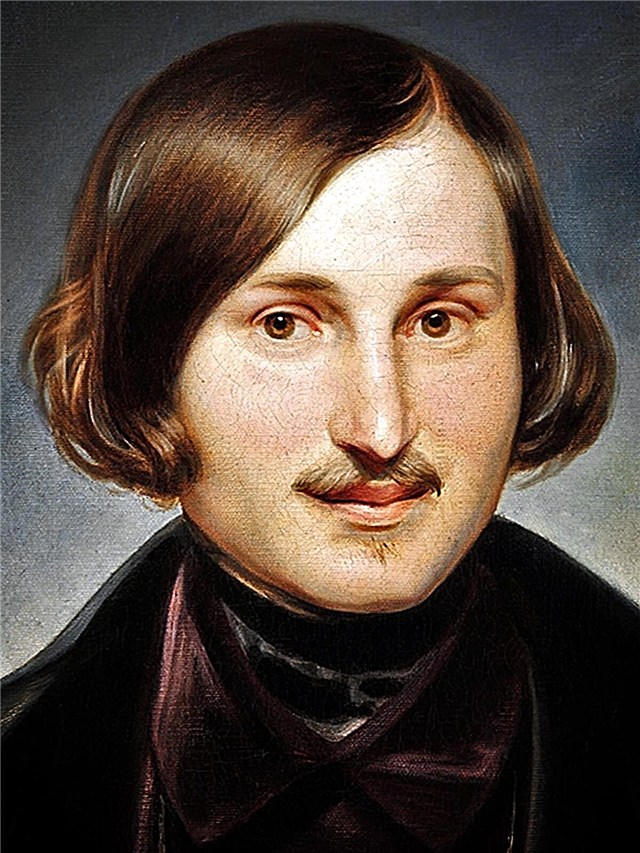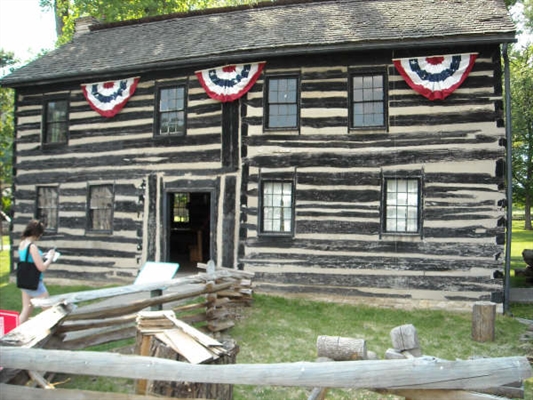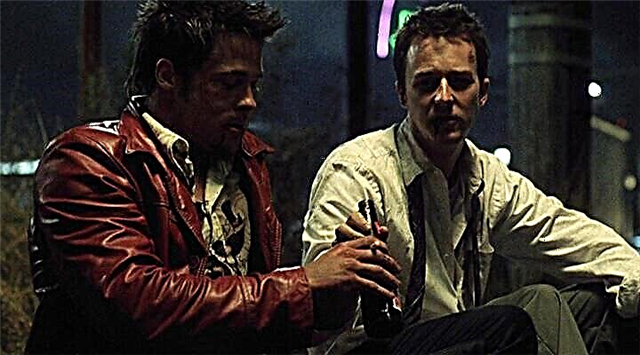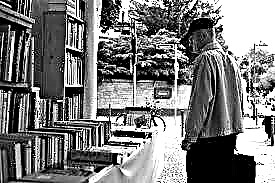The story “The Young Lady-Peasant” is included in the cycle of the famous Pushkin's “Belkin Tales” created by the writer in the Boldinsky period. Conceived by Pushkin in 1829, they came out as a separate collection. Boldinsky autumn (1830) became one of the most fruitful periods in the writer's work. The Young Lady-Peasant is a book that completes a cycle of five short stories.
History of creation
Many researchers believe that the plot of the story largely repeats another well-known work written by Pushkin's contemporary - N. M. Karamzin. “Poor Lisa” is one of the first works of sentimentalism in Russian literature. Written in 1792, the story caused controversy in literary and public circles. The tragic love story of the peasant woman Lisa for the young nobleman Erast was enthusiastically received by readers and was later repeatedly interpreted by other authors.
However, many plots of the Pushkin cycle migrated to the pages of a book from life. Memoirs and everyday stories heard and noticed by the writer formed the basis of “Shot”, “Blizzards” and other stories. But The Young Lady-Peasant is more connected with the refraction of existing literary traditions in Pushkin’s mind, which the writer modified according to his author’s intention.
For the first time, Belkin's Tales was published in 1931 in the collection The Tales of the late Ivan Petrovich Belkin, published by A.P.
Genre, direction
Belkin's Tales is Pushkin's first prose work, which saw the light during the author’s lifetime. Five short stories from the fictional storyteller Ivan Petrovich Belkin, who recorded the stories he heard from different people, formally represent separate plots, but internally connected, forming a single whole. Each story ideologically complements the other, enhancing the influence of each subsequent one.
Belkin's Tales is a striking example of realistic prose. On behalf of the conditional narrator, Pushkin shares with the reader a series of fictitious stories whose characters are devoid of static, they are vital and believable. It is no accident that the fact of Belkin’s ignorance and his non-involvement in literary work was noted in the preface. This approach convinces the reader of the reliability of the depicted events. Outdated, tightly rooted in literature, romantic situations and characters lose to the obvious simplicity and unpretentiousness of Pushkin's plots, whose characters are placed in unusual, but quite probable life circumstances that truly reflect life.
“The Young Lady-Peasant” is a story somewhat different from the rest, since it contains more mischievous and comic. Rejecting the romantic template with its tragic ending, Pushkin resolves the love conflict happily, as if offering his version of the plot of unequal love, traditional in literature. Unlike the story of poor Lisa, the social barriers between the loving hearts of Lisa and Alexei are destroyed, which creates room for a happy, albeit obviously philistine, life of the characters.
The meaning of the name
The title of the story is closely related to its plot. Under the Young Lady-Peasant means the main character of the story - Lizaveta Grigoryevna, daughter of the county landowner Muromsky.
Having changed clothes as a peasant, Lisa impersonates the daughter of a local blacksmith. Thus, the village girl Akulina, met by Alexei Berestov in the forest, and the young lady Lisa are the same character.
Essence
The main events of the story unfold around two noble families - Berestov and Murom, living in the neighborhood. Fathers of families do not get along with each other, since the conservative Berestov condemns the anglomania of his neighbor. Muromsky’s daughter, Lisa wants to meet Alexei Berestov, but the quarrel between the fathers creates an obstacle to the meeting.
Having changed clothes as a peasant, Lisa meets Alexei in the forest and introduces herself as Akulina, the daughter of a village blacksmith. Inspired by the acquaintance, Alexei teaches an uneducated girl to read and write, marveling at the speed with which she learns. Meanwhile, Berestov, the father, during the hunt does not cope with the horse and accidentally gets into the house of Murom. As a result, fathers thoroughly get acquainted and make peace.
Lisa's father invites Berestov with his son to his place. Lisa manages to avoid being exposed. She goes out to dinner, dressed in ridiculous clothes, painted and whitened. Alexey does not recognize her. Fathers who have managed to become friends for a short time decide to marry the children. Alexei is determined to go against his father’s will and secretly marry Akulin. He goes to the Muromsky house and recognizes his Akulin in the young lady Lisa. This is the plot of the story.
The main characters and their characteristics
- Lisa of Murom - the main character of the story, the daughter of the landowner Grigory Ivanovich Muromsky, a beautiful and cheerful girl. Joking and frivolous, she, on the one hand, is capable of prank, and on the other, of a bold and decisive act. "She was the only and investigatively spoiled child." Having received a good education, the girl is well versed in music and the arts, studies languages, but deep down Lisa is a romantically tailored person. She believes in love, so she has a genuine interest in Alexei Berestov, who, according to rumors, has concentrated a whole set of truly romantic qualities. Having dressed as a peasant, Lisa shows miracles of fantasy, and for a long time impersonates the uneducated daughter of a blacksmith. A funny and light character combines with an amazing ability to love. She is deprived of stiffness and arrogance, so in the image of a peasant girl Lisa is so organic that Alex does not convict her of a lie. The naturalness of her behavior, sharp mind and amazing beauty - all in general attracts the hero.
- Alexey Berestov - Berestov’s son, after university he came to the village to his father. He dreams of becoming a military man, which is quite consistent with his appearance: a tall, stately, attractive young man becomes the main reason for gossip among district girls. “The young women looked at him, while others looked at him.” Aleksey himself takes on an even greater halo of mystery, appearing gloomy and disappointed in front of the girls, telling them “about the lost joys and his withered youth” and generally manifests himself as an experienced womanizer. But, in general, Alexei is a simple and good person, honest and kind. Having fallen in love with the peasant Akulin, the hero is sincere in his feelings so much that he is ready to marry her against the will of his father.
Themes and Issues
- The main theme of the storyOf course, love. Love becomes the main driving force behind the development of action. Before the mutual inclination of the heroes, all external circumstances fade.
- Humor. In addition, in The Lady-Peasant Woman, the reader will also find the obvious comic of the situation. But the humor of the story is kind and bright, which makes you smile at the happy absurdity of the events taking place, in the center of which the heroes appear. For example, Pushkin very ironically depicts the image of Murom in his desire to build life in the English manner. Anglomania is also a peculiar manifestation of the stereotype of the noble life.
- Issue The “Young Lady-Peasant Woman” is closely connected with the denial of the prejudices of society, in this county case. Stereotypes and conventions of the environment are also manifested in the lives of the heroes: noble status obliges them to lead a life that they don’t like, to marry against their own will.
- Conflict. In order to be truly sincere, the heroes are constantly forced to fight the way of life that prevails around. The heroes themselves, Lisa and Alexei are very trivial characters, they have not passed the imprint of the vulgarity of the county life, but they are both capable of courageous and decisive acts in the name of love, which undoubtedly deserves respect.
The main idea
The main idea of the story is in the person’s desire to be higher than prejudice, defending his right to happiness. It is enough to step over conventions to become happy. The fate of the heroes, by a lucky coincidence, was successful, and the end was marked by the triumph of eternal values: love, family and friendship.
The story makes the reader believe in the sincerity of a real feeling that overcomes all obstacles. Before love, all external circumstances fade. The meaning laid down by A. Pushkin is to affirm eternal values and to criticize class prejudices. It is social barriers that prevent happiness.
What does it teach?
A. Pushkin laid a certain morality in the story. Man needs to remain himself, and not reconcile the masks imposed by society. Only then will people begin to value not their social status, not their level of affluence, but their personality. So it happened with the main characters who chose each other, and not the labels hung on them.
The author’s conclusion is simple: people need equality in order to get to know each other better. Obviously, all conflicts stem from ignorance, because even neighbors may not communicate with each other for years, and therefore may not know the true state of things. Only after normal human conversation did the fathers reconcile, realizing how stupid it was to condemn the one you do not even know. And their children proved that peasants and nobles also lack equal communication. Only conversation can unite them, destroy all omissions and mutual insults. But people lack the courage to reject social labels that impede unification. Thus, the author condemns social inequality in Russia, which divides a single people into elite and slaves. In his reasoning he heard a protest against serfdom.



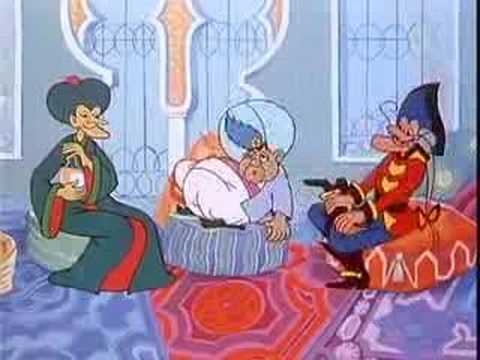
 Wow! Projects
Wow! Projects
